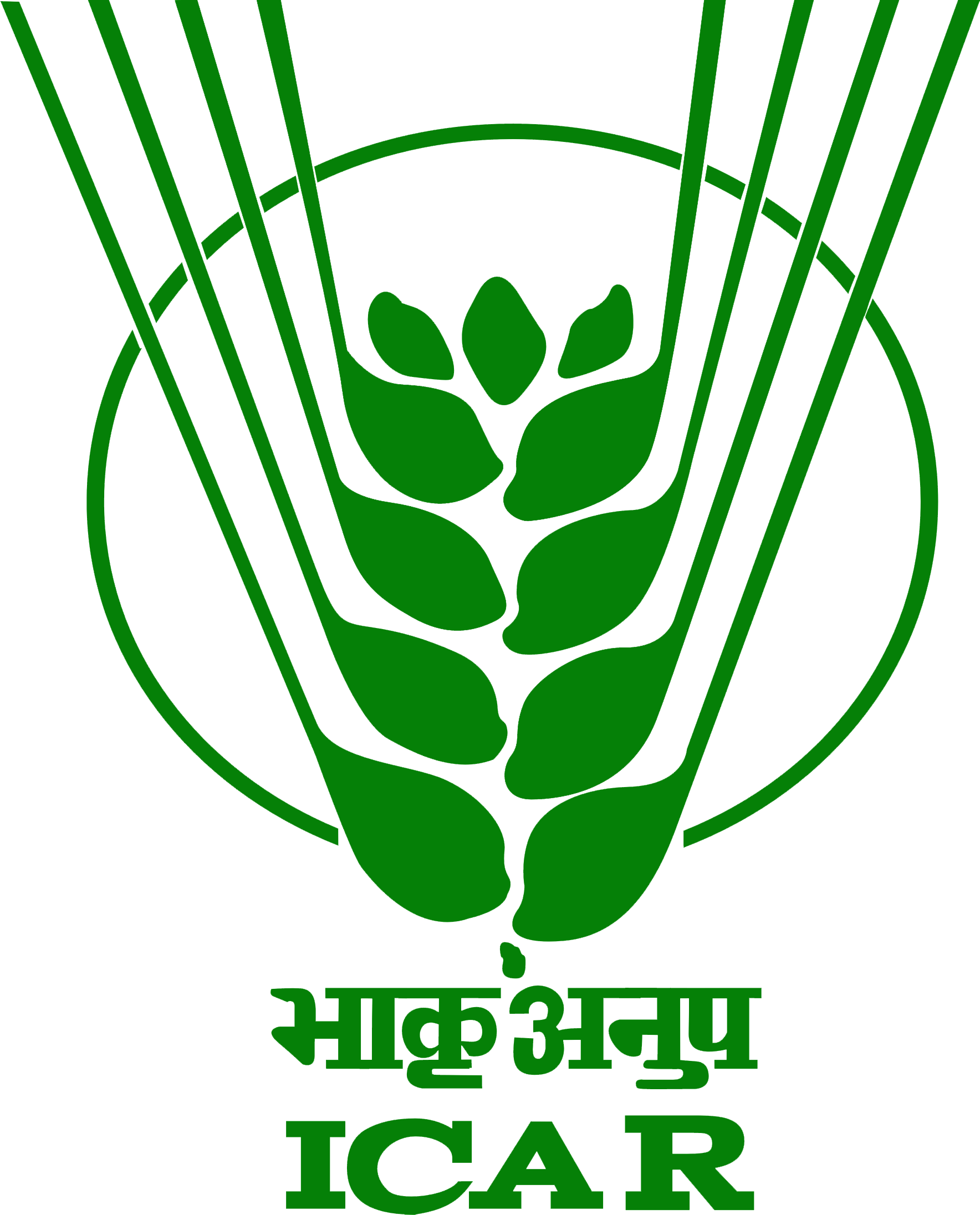R0: Fundamental Metric in Veterinary Epidemiology
Basic Reproductive Number (R0)
The basic reproductive number (R0) quantifies disease transmission potential as the average secondary cases generated by one infection in a fully susceptible population. This dimensionless number integrates three critical factors:
- Host population contact rate
- Transmission probability per contact
- Duration of infectiousness
When R0 > 1, epidemics propagate through populations, while R0 < 1 indicates natural containment. The effective reproductive number (R) accounts for population immunity: R = R0 × Y, where Y is the susceptible fraction.
Disease Prioritization for Policy Making
R0 serves as a critical decision-making tool alongside mortality rates and economic impact assessments. Animal-to-animal transmissible diseases with R0 > 1 require prioritized intervention due to their epidemic potential. Policy frameworks should consider both transmission dynamics (R0) and severity (case-fatality rate) for comprehensive risk assessment.
Herd Immunity Estimation
Herd immunity occurs when population immunity disrupts transmission chains. The herd immunity threshold (HIT) defines the minimum immune proportion required for disease control:
HIT = 1 - 1/R0
For example, a disease with R0 = 3 requires 67% population immunity (1 - 1/3) to achieve herd protection. This threshold guides vaccination targets and outbreak management strategies.
Elimination vs. Eradication Programs
Elimination establishes stable disease-free status through sustained interventions maintaining R0 < 1. Eradication achieves permanent disease extinction without ongoing measures.
Key Differentiators:
- Elimination requires continuous control measures
- Eradication permits cessation of interventions
- R0 management differs in temporal requirements
Vaccination Program Design
Vaccine coverage targets derive from R0 through the critical immunization threshold or Herd Immunity Threshold (qc):
qc = 1 - 1/R0
Vc = qc/E (Vaccine Efficacy)
For a disease with R0 = 12 and 97% effective vaccine:
Vc = (1 - 1/12)/0.97 ≈ 94.5% coverage required



